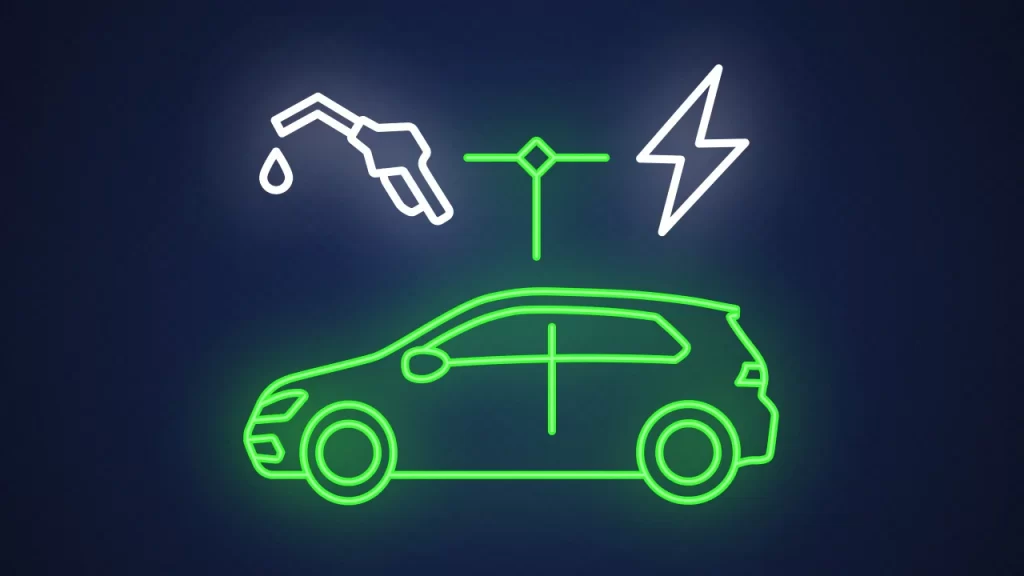Plug-In Electric Vehicles (PEVs A Blend of Power and Efficiency

Plug-In Electric Vehicles (PEVs A Blend of Power and Efficiency
Plug-in electric vehicles (PEVs) are a type of electric vehicle that can be recharged by plugging into an external power source. They combine the benefits of electric vehicles with the flexibility of traditional gasoline-powered cars.
Key Features of PEVs:
- Electric and Gasoline Modes: PEVs can operate in either electric or gasoline mode, providing flexibility for different driving needs.
- Reduced Emissions: PEVs produce fewer emissions than traditional gasoline-powered cars, especially when operating in electric mode.
- Instant Torque: Electric motors deliver instant torque, providing a smooth and responsive driving experience.
- Lower Operating Costs: Electricity is generally cheaper than gasoline, resulting in lower fuel costs for PEV owners.
- Government Incentives: Many governments offer incentives such as tax credits or rebates to encourage the adoption of PEVs.
Types of PEVs:
- Plug-in Hybrid Electric Vehicles (PHEVs): PHEVs have a larger battery pack than HEVs and can travel a longer distance in electric mode before switching to gasoline power.
- Extended-Range Electric Vehicles (EREVs): EREVs have a smaller battery pack but can switch to a gasoline generator for extended range.
Charging PEVs:
- Level 1 Charging: This involves plugging a PEV into a standard household outlet. It is the slowest charging method but suitable for occasional charging.
- Level 2 Charging: Level 2 chargers provide faster charging speeds and are commonly found in public charging stations and at home.
- DC Fast Charging: DC fast chargers can charge a PEV’s battery in a matter of minutes, making them ideal for long-distance travel.
Advantages of PEVs:
- Reduced Environmental Impact: PEVs can significantly reduce greenhouse gas emissions and air pollution.
- Lower Operating Costs: Electricity is generally cheaper than gasoline, resulting in lower fuel costs.
- Improved Fuel Efficiency: PEVs can improve fuel efficiency compared to traditional gasoline-powered cars.
- Government Incentives: Many governments offer incentives to encourage the adoption of PEVs.
Challenges and Future Developments:
- Range Anxiety: One of the main concerns for many potential PEV buyers is range anxiety, or the fear of running out of battery power before reaching their destination. However, battery technology is rapidly improving, and PEVs now have longer ranges than ever before.
- Charging Infrastructure: The availability of charging stations remains a challenge in some areas. However, investments are being made to expand the charging infrastructure, making it easier for PEV owners to recharge their vehicles.
- Battery Cost: Battery costs are still relatively high, but they are expected to decline as production increases and technology improves.
As battery technology continues to advance and charging infrastructure expands, PEVs are poised to become a more mainstream transportation option. With their combination of electric and gasoline power, PEVs offer a flexible and efficient solution for drivers seeking to reduce their environmental impact and lower their operating costs.




